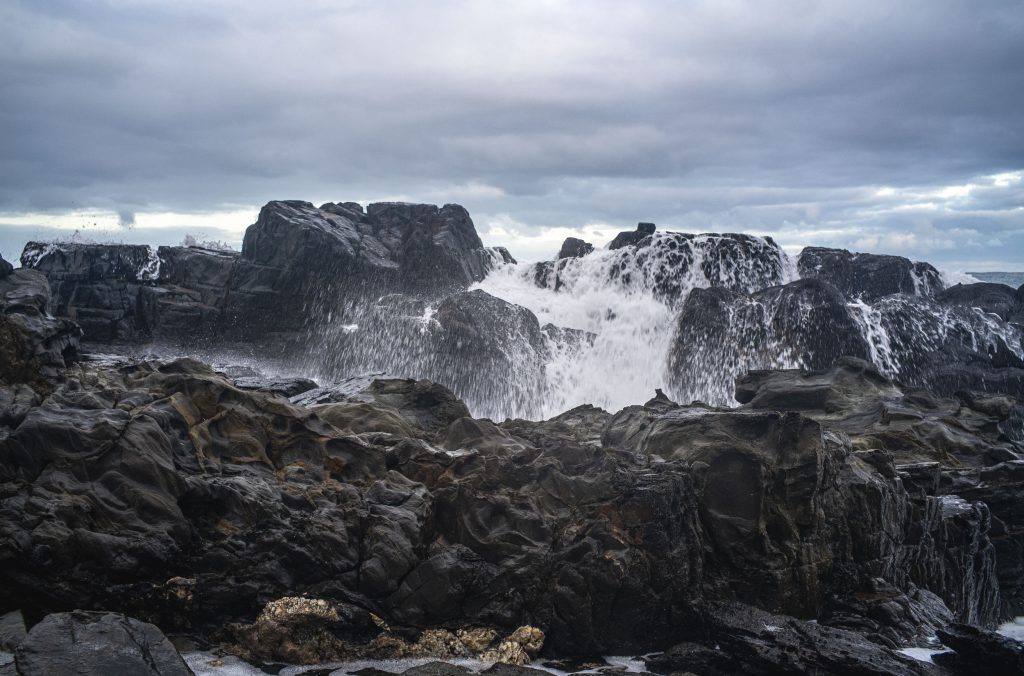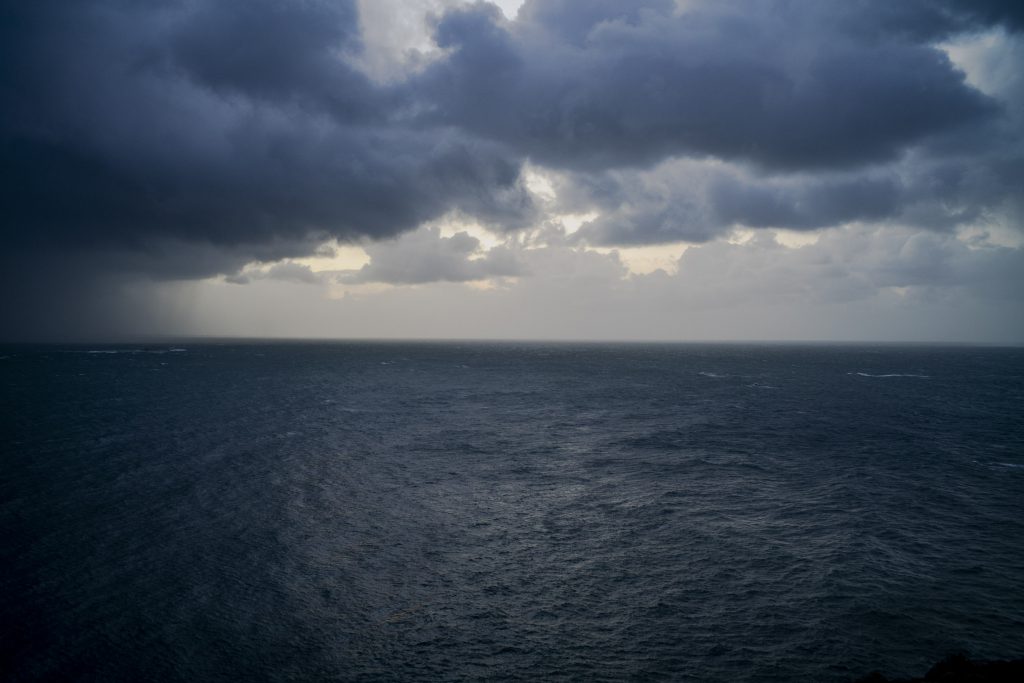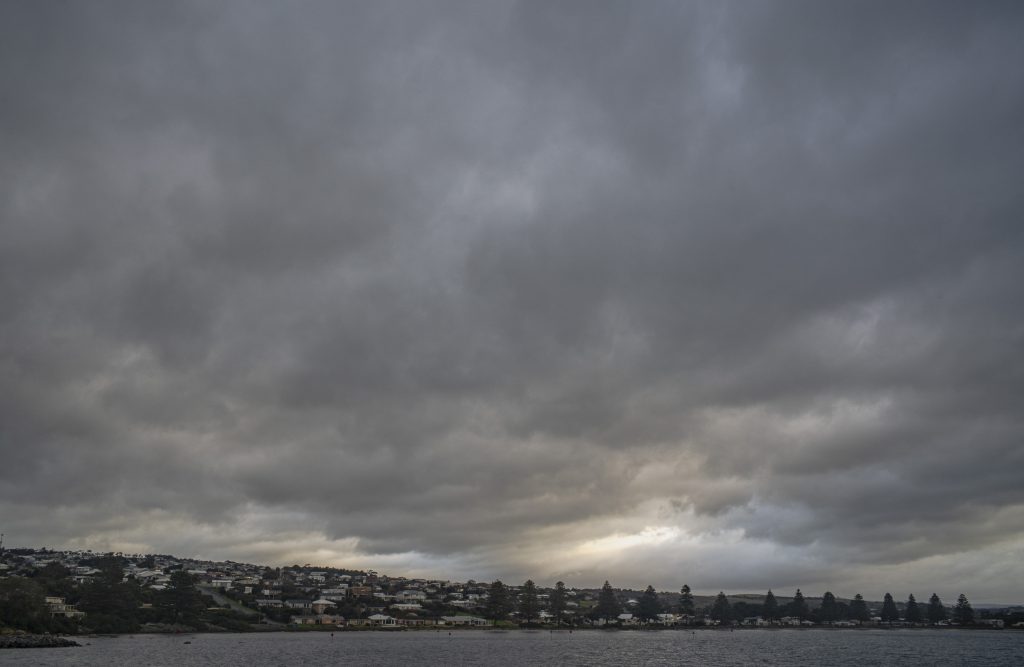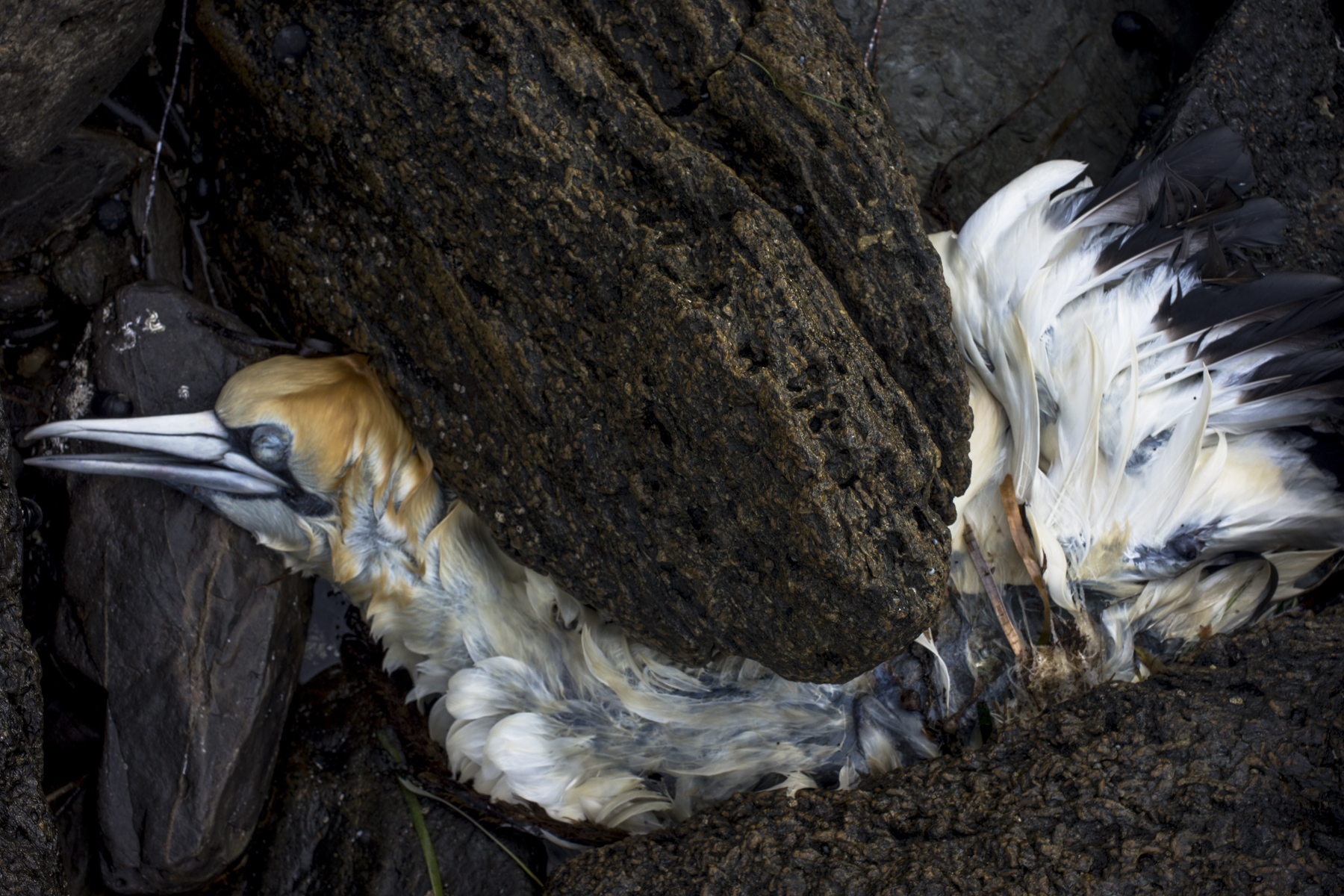The photographs in the late afternoon have been focused on walking amongst the rocks by the stormy seas when I can gain access. The high tides and large waves have been battering the coast during the cold spell. The sand has disappeared from the beaches and the sand dunes are increasingly being eroded . If we have to we find shelter from the passing squalls coming in across Kings Head, then we make a dash to the bushes along the coastal path.

It has not been possible to access the coastal rocks in the afternoon as the tide has been consistently too high around 4-5pm. It has been coming right up to the foot of the cliffs. Only now and again is the tide low enough for Maleko and myself to walk amongst the coastal rocks.
I usually do the early morning seascapes from Rosetta Head when walking with Kayla. We walk around 6.30 am, then go to our spot on the eastern side of Rosetta Head over looking Encounter Bay about 7.10; take some seascape photos; pack up the large format camera if it is being used; then have another walk along Jetty Rd around the eastern side of Rosetta Head. The latter is Kayla’s reward for waiting whilst I make the photos.

I cannot walk among the coastal rocks with Kayla in the morning when there are 2 metre high waves, as she associates the sound of the crashing waves with rolling thunder. On those occasions she refuses to walk anywhere near the sea. So I walk the rocks with the booming seas with Maleko in the afternoon, if and when it is possible.
This poodle walking and photography in low light is an ongoing project to represent the coastal atmospherics of the southern coast in winter for the broader Fleurieuscapes project. This form of creative walking based on short walks is a photographic engagement with the ephemeral and fleeting winter weather conditions. Ephemeral and fleeting because both the light and clouds are constantly changing in the photographic period between 15 minutes pre-sunrise to 15 minutes post-sunrise.

This approach to the landscape is not about the sublime purity that underpinned Romanticism and Modernism, since this coastline includes several small towns. It is not a wild place in the sense of a wilderness as human activity has been re-shaping the natural world since colonization, if not before whilst the mostly holiday houses exist in the interface between the southern ocean and the working agricultural land. The pace of change has been accelerating,
As the human footprint is deeply marked with houses and agriculture, so it is necessary to reconnect human beings with the environment that we inhabit and live within since we are in the process of creating a new nature. This indicates that landscapes, and the representation of them, are charged with political significance, and this, in turn, makes the study of landscape aesthetics – particularly around issues of topography and ‘sense of place -’ of continuing intellectual interest and concern. A concern because where you live, its topography, social mix, and where it lies on the rural/urban continuum – in short, its sheer ‘placeness’ – is still vitally important to people’s identity, as much as class or gender.

